High pixel counts are now an important indicator of camera performance. In just 10 years, we watched the high-pixel model grow from 24 million pixels to more than 50 million pixels. As a major direction in the development of camera technology, high-pixel cameras are playing an increasingly important role. Today, let's take a closer look at the 10 years of high-pixel camera development and see what high-pixels bring to photography.
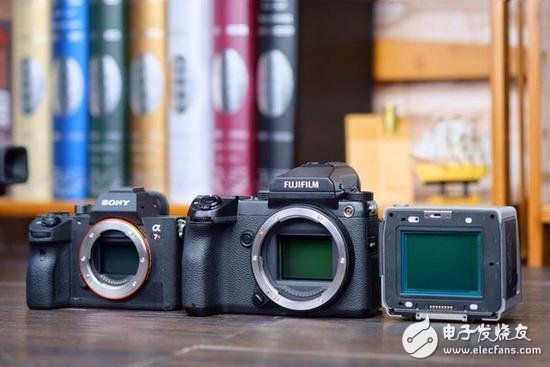
Speaking of high pixels, 2008 can be seen as a first year of high pixel era. This year, several high-pixel cameras that we are familiar with are all equal. They are: Sony's last SLR flagship A900, Nikon's flagship D3X and a generation of Canon EOS 5D Mark II. These cameras make people realize for the first time that high pixels can be a major performance advantage of the camera.
Representative models: A900, D3X, 5D2
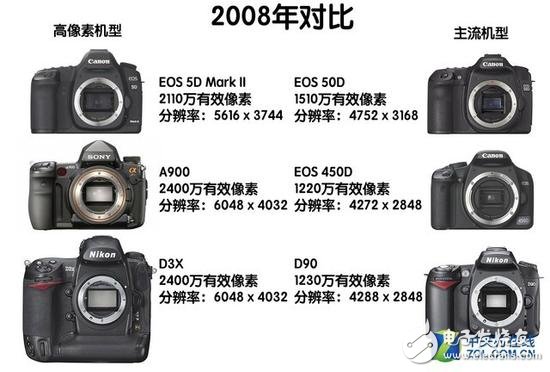
Compared with the data in 2008, the advantages of high-pixel models compared to mainstream models are very obvious.
How high is the high pixel, we may wish to compare the mainstream models of this year, Canon EOS 450D: 12 million pixels, Nikon D90: 12 million pixels, Pentax K20D: 15 million pixels, Nikon D700: 12 million pixels. And a few high-pixel body is 20 million to 24 million pixels, basically one time higher than the mainstream model. The higher pixels bring high resolution that other models can't match, and the mass users are beginning to realize the image quality advantages brought by high pixels.
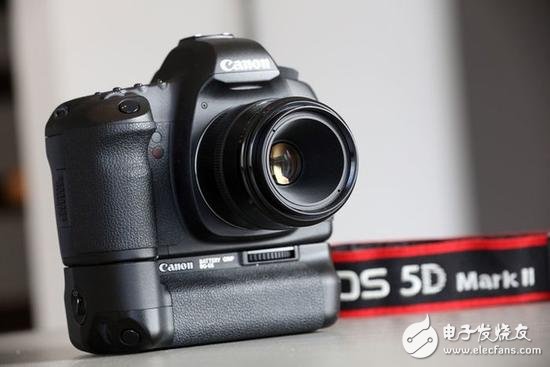
As the representative of the 08 generation high pixel, Canon EOS 5D Mark II can be described as good and good
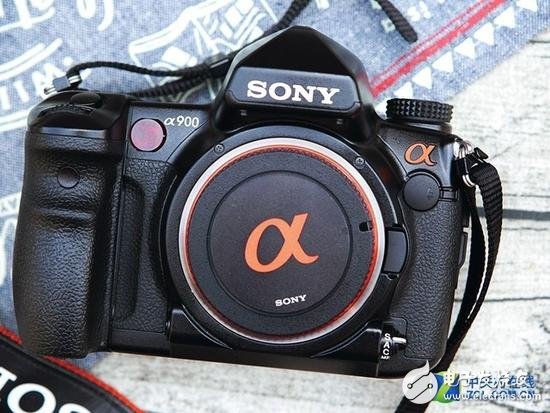
With the release of A900, S, C, and N in 2008, Sony finally has a full-frame model.
As the first year of high-pixel cameras, the feature of high-pixel cameras in this period is one point: high pixel and high resolution. The birth of the high pixel concept is due to the fundamental feature of high pixel. High resolution and purity at native low sensitivity are the biggest advantages of these high pixel models. Excellent picture clarity, good picture purity, a generation of high-pixel cameras set off a round of "high pixel heat."
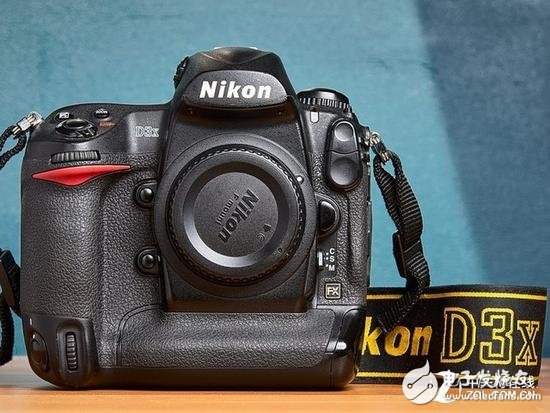
D3X is actually the first to let us see the possibility of high-pixel model performance to comprehensive development
In contrast, the high-pixel models of this early era have too many limitations. For example, poor noise control performance (A900 and D3X are basically the upper limit of ISO 400 use), too expensive body price (Nikon D3X) and slow speed or weak mechanical performance (Canon 5D2). However, the basic advantages of high pixels have begun to show, and for the pursuit of high image quality, these high-pixel models have become a better choice. The high pixel era has since opened.
2012-2014: The pursuit of image quality is more comprehensive. Try to miniaturize
After four years in 2008, the number of pixels in the camera has improved qualitatively. In just four years, the mainstream consumer category has increased from 12 million pixels to 16 to 18 million pixels, and the 24 million pixel APS-C model has begun to develop towards mainstream. This year, high pixel development also ushered in an important year. In 2012, the more familiar high-pixel models are now in front of us: the Nikon D800. The new generation of high-pixel camera pixels has once again improved, and the era of image quality of 36 million pixels has arrived.
Representative models: Nikon D800, Sony A7R

From 202 to 2014, the number of pixels in high-pixel models has further increased, and the pixel gap between mainstream models and high-pixel models has decreased.
After the emergence of a 24 megapixel full-frame camera, everyone is speculating about what the next generation of high-pixel cameras will look like. Especially with the release of the Sony A77 and NEX-7 in 2011, the mainstream models began to stand on the 24 million pixel level. What about the next generation of high-pixel models? In 2012, the Nikon D800/D800E was launched, and the concept of high pixels was refreshed again.
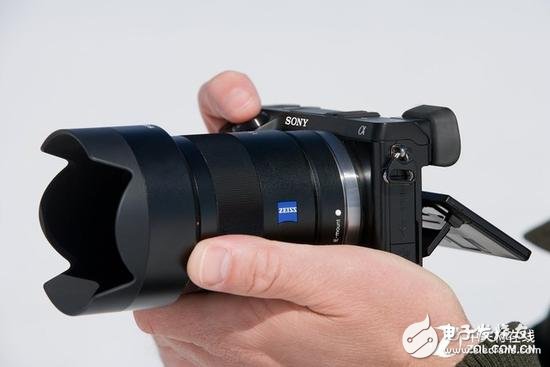
With the release of the NEX-7, the APS-C model began to stand at 24 million pixels, and the resolution gap between mainstream models and high-pixel models was narrowed.
After the pixel has increased by 50%, the high-pixel camera has also begun to have a new advantage: quality. Starting with this generation of high-pixel models, in addition to the detail enhancements brought by the increase in the number of pixels, the pixel quality is further improved. High latitude, high dynamic range and better color performance are beginning to be the new requirements for image quality in the new generation of high-pixel cameras. It is from this generation of fuselage that the concept of tolerance begins to be more valued by photographers and equipment users. It is these changes that have brought about changes in shooting techniques and developments in sensor technology.
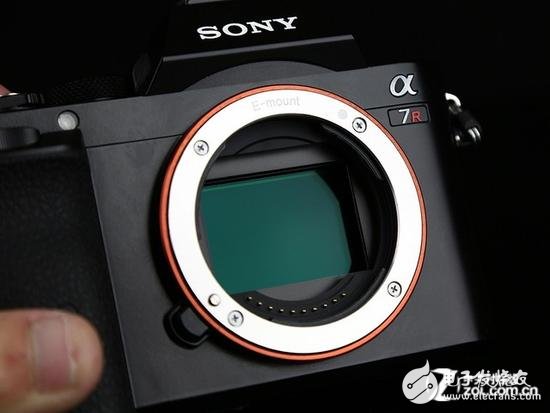
High pixel miniaturization was realized during this period, and A7R made people see the future of high-pixel and full-frame miniaturization.
In addition to the further enhancement of image quality in high pixels, the miniaturization of high pixels also began in this period. In 2014, Sony's first-generation full-frame micro-single was born, and the 36-megapixel A7R became the second full-frame camera with a 30-megapixel sensor. High pixels started their own miniaturization for the first time.
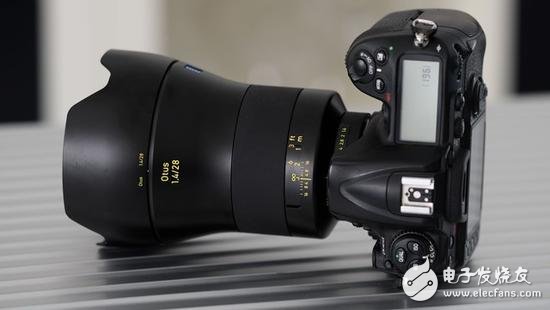
The high-pixel body also puts new demands on the lens. The new-generation lens design is also affected by the demand for high-pixel body. High-performance lens with high resolution has also emerged.
It is from this period that the problem of lens quality has become a new issue that everyone needs to think about. To meet the analytical performance required for high-pixel fuselage, the revolution of high-pixel fuselage has also brought a new round of updates to the major lens systems. The overall idea of ​​the lens design also began to show new changes during this period. The new generation of lenses is more focused on sharpness, full-aperture quality performance and resolution. These are also new demands brought about by the emergence of high-pixel bodies. For this reason, the lens of the classic focal length began a new round of updates with the appearance of a high-pixel body. More high-quality lenses have appeared in front of us since then, such as the "optical monster" Zeiss Otus series in the lens came into being, high-pixel body + high-resolution lens, body and lens began to promote mutual progress period.
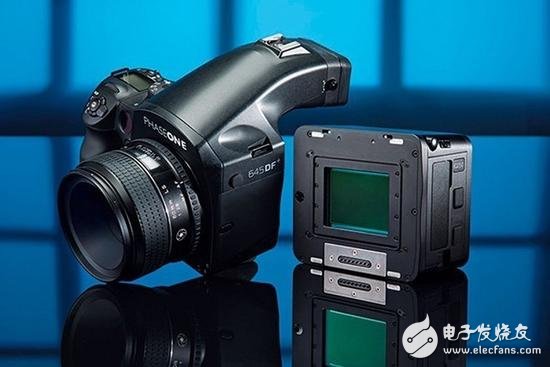
It is worth mentioning that the format of this era has also completed the transition from CCD to CMOS.
Of course, high pixels also have their own shortcomings. For example, the high-pixel model of the common disease control noise performance is still one of the shortcomings in this period. The high-pixel camera that was first miniaturized also encountered power consumption (end of life) and heat. At the same time, however, Volkswagen's spending power on high-pixel models has been further enhanced, and the threshold for high-pixel models has been further reduced. The high pixels of the new era are not only easier to use, but also more easily accepted by the public. High pixels have gradually become the focus of everyone's attention.
2015-2017: Evolution to shooting all-rounder
Over time, the evolution of high pixels continues. From 2015 to the present, it can be said that it is a mature period. During this time period, more new high-pixel models will arrive. The newer machine that everyone is more familiar with, the Sony A7RII/A7RIII is still hot, and the Nikon D850 continues to stabilize Nikon's position in the high-pixel model. The high-pixel models of this period have also been further improved in performance. Today's high-pixel cameras can be said to have grown into full-scale shots.
Representative models: Nikon D850, Sony A7R3
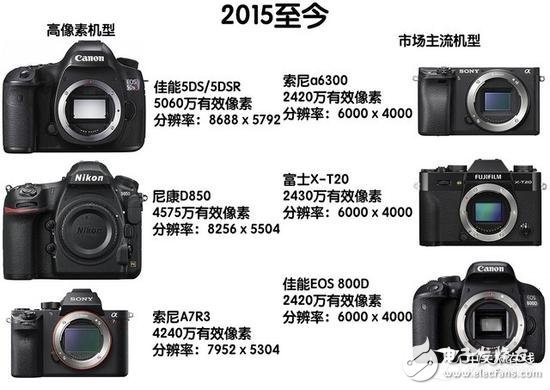
Beginning in 2015, high-pixel models have further climbed, while mainstream consumer models have stabilized, and the pixel gap has once again widened.
High-pixel models, first of all, are further enhancements in pixels. During this period, the highest pixel count of 135 frames jumped from 36 million pixels to 50 million pixels. And a variety of 40 megapixel models also appeared in front of us, with 42.3 million pixels of Sony A7R2 and A7R3, with a 45.75 million pixel Nikon D850. High-pixel models have become more abundant in recent years.
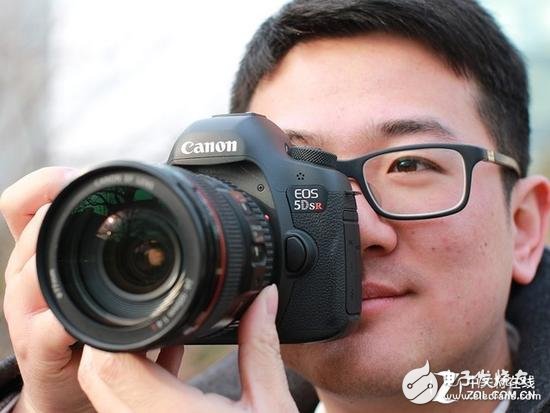
5DSR has maintained the highest pixel record of 135 frames so far.
In addition to the further upgrade of the picture quality, the body function of the high-pixel camera has also been comprehensively improved. With the rise of video capture capabilities, today's high-pixel cameras are also beginning to have better video capture capabilities, such as the D850, A7RII/A8RIII have 4K video shooting capabilities, of which A7R2 and A7R3 can even be said to have comparable professional level The shooting capability and post-processing space of the video capture device.
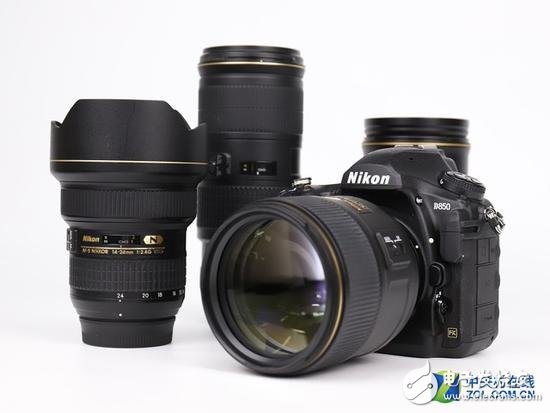
The D850 is the highest achievement of the current SLR system, with high speed and high pixel
In addition to the improved video performance, the new generation of high-pixel cameras are also fully compliant with the flagship model in terms of speed. For example, the Nikon D850 and Sony A7R3 released last year have powerful continuous shooting performance, A7R3 can reach up to 10fps, and D850 also achieves the highest continuous shooting speed of 9fps. This is enough to match the performance of many traditional speed flagship models. The two cameras are also fully focused on the flagship performance, high speed + high pixels, becoming a new standard for a new generation of high-pixel models.
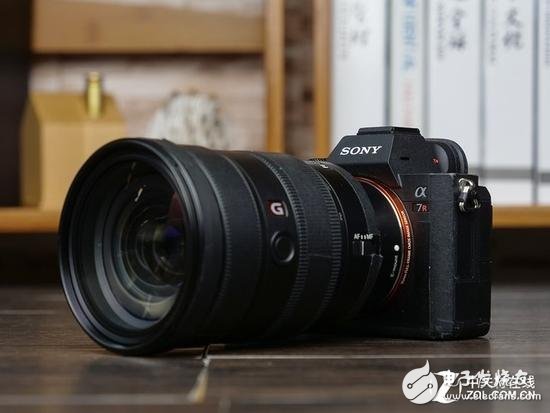
The latest generation of high-pixel models not only have powerful photo-taking capabilities, but also excellent video performance.
Today's high-pixel cameras can be said to have a very comprehensive performance in terms of pixel count, picture quality, continuous shooting, focus tracking and video. This is a point that was hard to imagine 10 years ago. With the performance of the processor, the performance of the sensor and the performance of the storage system have been greatly improved, the new generation of high-pixel models can also compete with the flagship model in terms of speed. Nowadays, the high-pixel model can be said to have become the benchmark that best represents the technological development of the camera industry.
10 years of different frames: CMOS positioning changes affect pixel growth
What we said above is mainly the development of the full frame. Let's take a look at the evolution of high-pixel pixels in these 10 years of mainstream large-size sensor cameras. It is not difficult to find out from our small statistics, from M4/3 to APS-C, to full frame, to medium format. In just 10 years, several mainstream frame models have basically reached the level of the highest pixel doubling. It can be seen that high pixels in this decade can be described as a substantial development in the true sense.
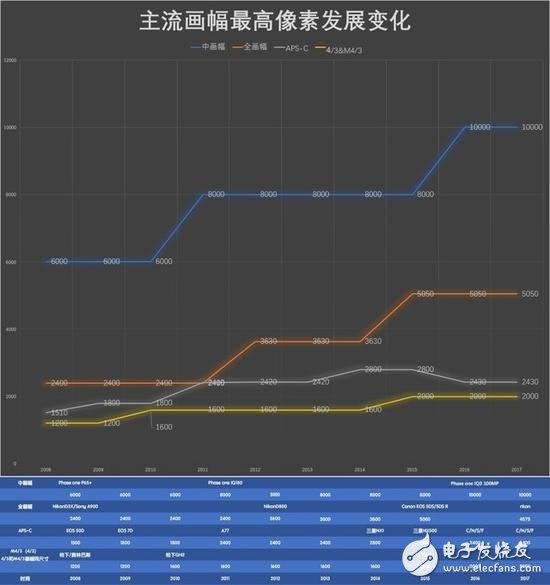
The high pixel development of several mainstream frames (the specific time point pixel growth model is in the chart, it is recommended to click to view the big picture)
There is also a lot of interesting information in this. In the large format system, the full frame size is the largest increase in pixels. The pixel increase in the 10-year period is about 110%, while the increase in the medium format and M4/3 format models is 67. %about. Among the large format, the smallest pixel growth rate is the most popular APS-C model on the market, with an increase of 60%.
Note: The increase is calculated in the highest number of pixels.
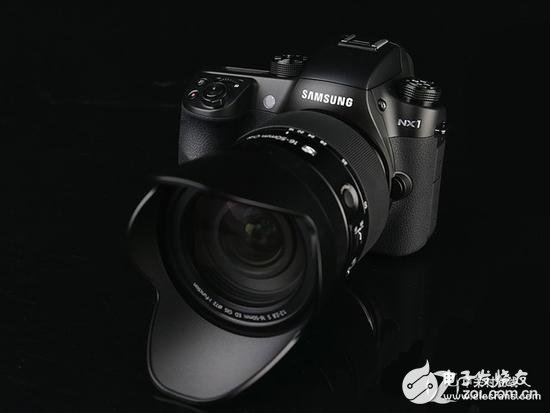
Samsung's 28 megapixel CMOS once represented the highest level of APS-C sensors, and with Samsung's exit from the camera market, the 28 million-pixel APS-C has become a history, and everyone has stabilized at 24 million pixels to continue product maturity.
Why is the APS-C model, which is the most powerful in the market today, the smallest increase? There are also many interesting reasons for this. First of all, Samsung CMOS is discontinued. The 28-megapixel Samsung APS-C format sensor can be said to be a milestone in the APS-C format sensor. It is the highest-resolution APS-C format sensor to date, and it is the earliest 4K video. Recording ability of APS-C
Isotropic magnets are magnets with a random direction of magnetization in the magnet.
Magnet powders for isotropic magnets contain crystals in one magnet particle with a direction of random magnetization, and cannot be made anisotropic magnets when a magnetic field is applied externally during molding. In the magnetization after molding, the magnetization of the same component as the direction of the magnetization field becomes strong for the magnetization in a random direction in the crystal. Therefore, the molded body, which is an aggregate of crystals, can be a magnet having a magnetic force in the direction of magnetization
Isotropic Ferrite Magnets,Disc Magnet,Motor Rotor Magnet,Multipole Ferrite Ring Magnet
HU NAN YUBANG MAGNETIC MATERIAL CO.,LTD , https://www.ybmagnet.com